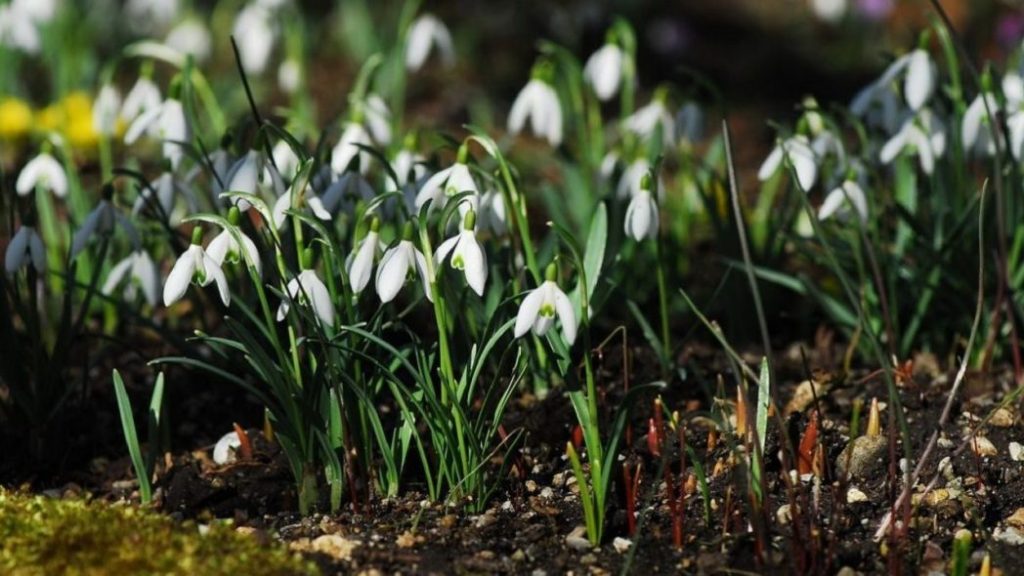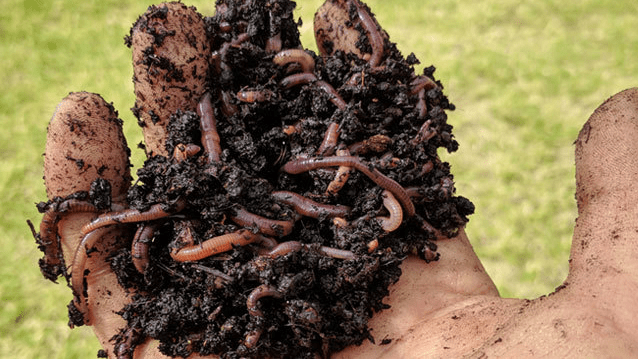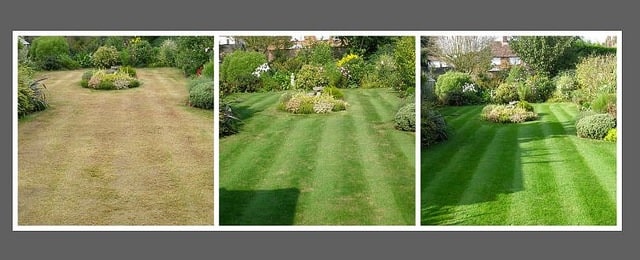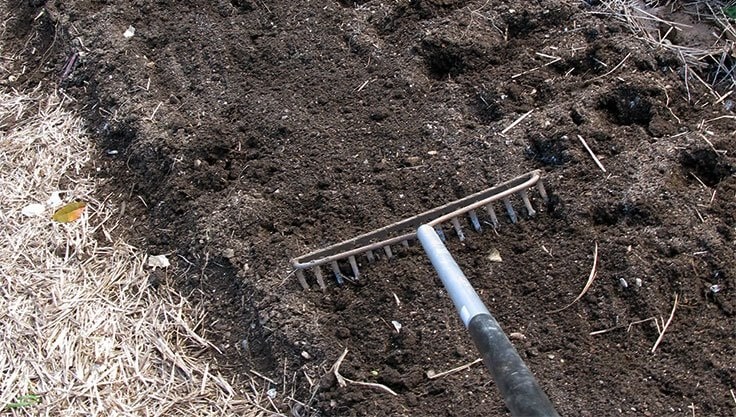As spring arrives, I always feel a renewed sense of energy and purpose to get my garden back in shape after the long, cold months. There’s something incredibly therapeutic about stepping outside, breathing in the crisp air, and getting my hands into the soil.
The first task on my list is always to clean up—removing dead leaves, pulling out weeds, cutting back perennials, and clearing any debris that’s built up over the winter. Once the space is tidied up, I turn my attention to the soil. I loosen it up with a fork or tiller, mix in compost, and sometimes add a bit of organic fertilizer to prepare a nutrient-rich foundation for the new season.
Planning what to grow is one of my favorite parts of spring gardening. I usually map out where I want to plant vegetables like carrots, lettuce, and peas, while also leaving room for herbs and a few vibrant flowers to add some color. I’ve already started a few seeds indoors—tomatoes, peppers, and basil—and I check on them daily, eager to see those first tiny sprouts.
I also take time to prune the shrubs and inspect my tools to make sure everything is clean, sharp, and ready. It’s a lot of work, but there’s something grounding and fulfilling about the whole process. Spring gardening always makes me feel hopeful—it’s like a fresh start, not just for the garden, but for me too.
What a winter it was! A long, harsh season with plenty of snow and frost. But finally, the temperatures are rising, the snow is melting, and spring is around the corner. Right now, the garden looks rather messy – brown patches instead of green grass, broken branches, damaged fences – but we’re full of energy. Spring is coming, and it’s time to get back outside and work in the garden again.
Contents
Time to Start Gardening
Garden in winter– everything still looks a bit chaotic. The garden is dormant, and the tough winter has left its marks: broken branches here, bent perennials there. So, where and how should we start our spring gardening?
First, take a walk around your garden and remove any winter protection. Check all trees and shrubs for damage. Broken branches should be cleanly cut and removed.
It’s also high time to prune fruit trees and ornamental shrubs. Depending on the weather, pruning can start as early as January, but in Tyrol, where there’s often still a lot of snow, March is still fine. You can find our tips on how to properly prune fruit trees and shrubs [here – link if applicable].
In any case, perennials should be cut back now so they can bloom strongly later in the season.
Welcoming Spring
Spring in the garden – spring flowers
Who hasn’t missed the smell of warm, moist soil? Getting your hands dirty, watching plants grow, and creating something with your own hands – it feels good.
Now’s the time to start preparing your garden beds and soil: remove weeds, turn the soil, and top up beds with fresh earth. Cold frames and garden fleece are great options right now to start sowing early and protect plants from late frosts.
Whether you choose fleece or a cold frame is also a question of budget. However, raised garden beds can really make gardening easier – not just in spring. Plus, they offer much better frost protection than fleece alone.
First Sowing of the Season
Can begin as early as April, bringing colorful blossoms soon after. Early bloomers like crocuses, daffodils, winter jasmine, and snowdrops are resistant to late frosts and will quickly bring spring cheer to your garden.
If you didn’t plant bulbs in the autumn, you can still buy pre-sprouted bulbs at garden centers or nurseries.
Until the end of April, you can still plant annuals like pansies or primroses. Plants grown in containers – such as fruit trees, hedges, shrubs, roses, or perennials – can be planted well into summer.
Lawn Care in Spring
The lawn in spring can be a sore point for many hobby gardeners. After a long, harsh winter, it often looks quite poor. But believe it or not – as soon as the sun warms the soil, the grass begins to grow again.
Once the ground has dried out, mow the lawn to a height of about 4 cm. Then, scarify the lawn – this allows more air, light, and water to reach the grass roots, and nutrients can be better absorbed.
If the lawn hasn’t been scarified in a while, go over it once lengthwise and once crosswise.
After scarifying, fertilize the lawn with a long-lasting lawn fertilizer. If there are bare patches where grass is no longer growing, it’s best to repair those spots. You can try DIY patch kits, but for larger areas, it’s often better to contact a professional landscaper.










